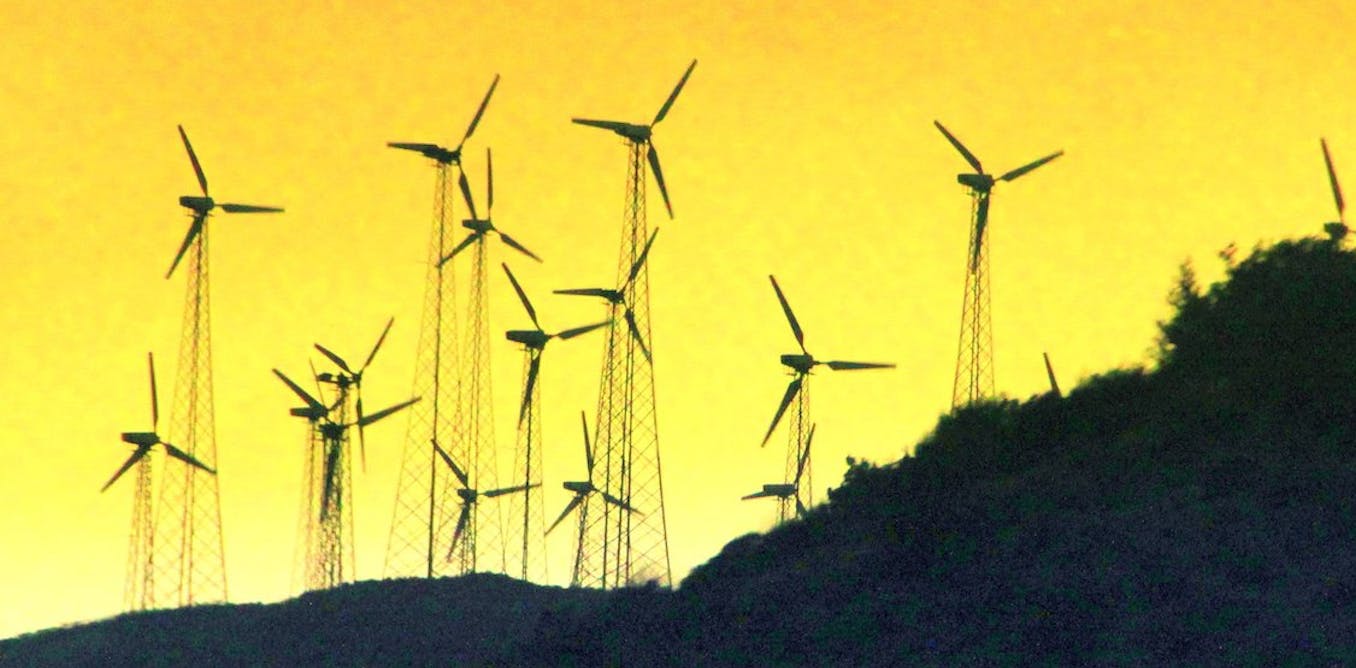Given the urgent need to combat climate change and put an end to the exploitation of fossil fuels, it would appear renewable energies have a bright future. Having grown steadily for several years, they accounted for 19.1% of gross final energy consumption in France in 2020. Across the Channel, 43% of the energy consumed in oot twhe UK now comes from renewable sources such as wind, solar and hydroelectric power.
That said, it is essential we step up green investment even more if we are to sustain low-carbon economic growth. According to the International Energy Agency, more than $2 trillion in annual investment in clean electricity will be needed by 2030 to achieve carbon neutrality. The war in Ukraine has also highlighted the risks posed by states’ dependence on imported hydrocarbons, making the energy transition not only an economic and ecological imperative, but a political one.
However, we note in an EDHECinfra study that there are a number of risks inherent in this type of investment. Our work has tracked 20 years of energy transition in the UK, an example of an economy that has successfully moved away from coal and made a rapid transition to renewables, while relying on limited hydro and nuclear power.
The risk premium increases
As in most developed economies, the growing share of intermittent renewables in the energy mix has created new challenges:
-
an increase in development costs;
-
an increase in production volatility;
-
an increase in market price volatility.
So while renewables are enjoying record profits (a recent EDHECinfra research note showed that returns on European renewable energy assets reached 16% in 2020, up from 10% in 2015), the risks faced by investors are also increasing.
And while interest remains strong, the risk premium demanded by the market in unlisted wind and solar projects has started to rise again since the beginning of 2022, after a decade of decline. This premium now stands at 700 basis points for wind projects in the most developed economies, according to our data provider infraMetrics, up from just over 500 at the end of 2020.
The impact on investors of a rapid transition to intermittent renewable energy generation is therefore notable. First up, there is the instability of the energy system to contend with, but also the increase in the value of gas production, which remains one of the main sources of energy, increased price volatility, and of course, a negative impact on the returns expected by investors.
To rebalance the risks, investors and consumers could turn to price stabilisation mechanisms.
The storage capacity strategy
For investors, this is an opportunity to better think about and manage the risks to which they are exposed. Part of these risks can be managed by investing in the technologies that seem to be most needed today, such as those that increase storage capacity. To date, the majority of new investments have been directed toward intermittent energy production (such as wind and photovoltaic). However, storage capacity is struggling to develop at the same rate, which makes the supply chain more fragile.
But other tools than the investment strategy can also be mobilised. In this respect, diversification can be mentioned. For example: combining investments in several types of renewable energy, such as wind and solar, or in several European countries.
Investors can also opt to use hedging strategies such as hedging (insurance or guarantee contracts against risk). Power Purchase Agreements (PPAs) and Contracts for Difference (CfDs), financial instruments designed to limit the risk of losses, can also be used.
The urgent need to stabilise prices
While investors have the leverage to control the risks to which they are exposed, strong public intervention remains necessary to accelerate the development of renewable energies. Firstly, it is necessary to protect consumers from soaring prices (+65.5% for electricity in the United Kingdom over the period from November 2021 to November 2022, +15% in France from January 2023 thanks to the tariff shield).
Thus, the preservation of existing price stabilisation mechanisms such as the tariff shield in France, the “contracts for difference”, or the end of price coupling between gas and electricity seems essential.
This type of measure would indeed make it possible to compensate for the deficiencies of a market which is increasingly based on the production of renewable energies, but where gas remains, paradoxically, the measure of all things.




